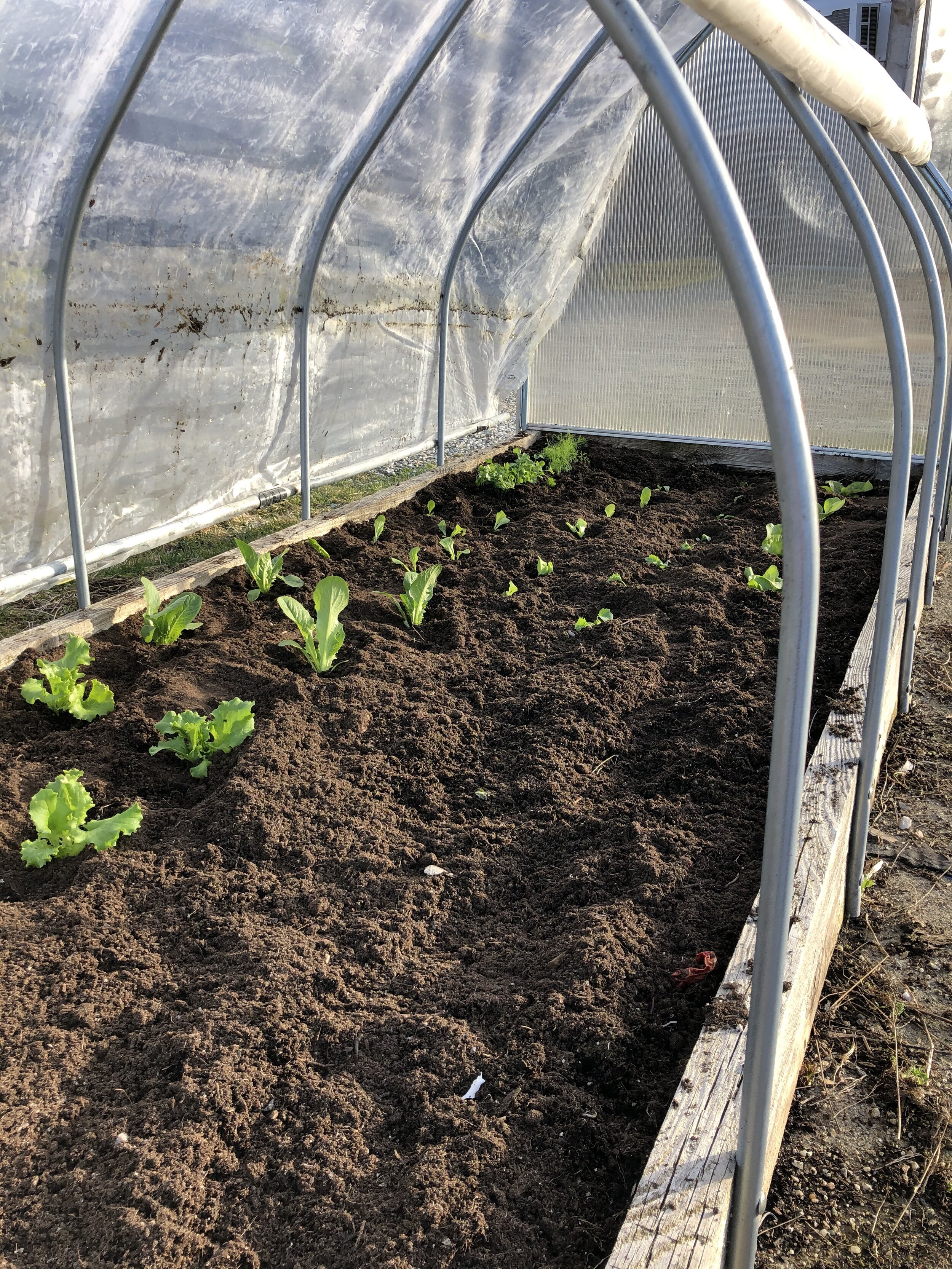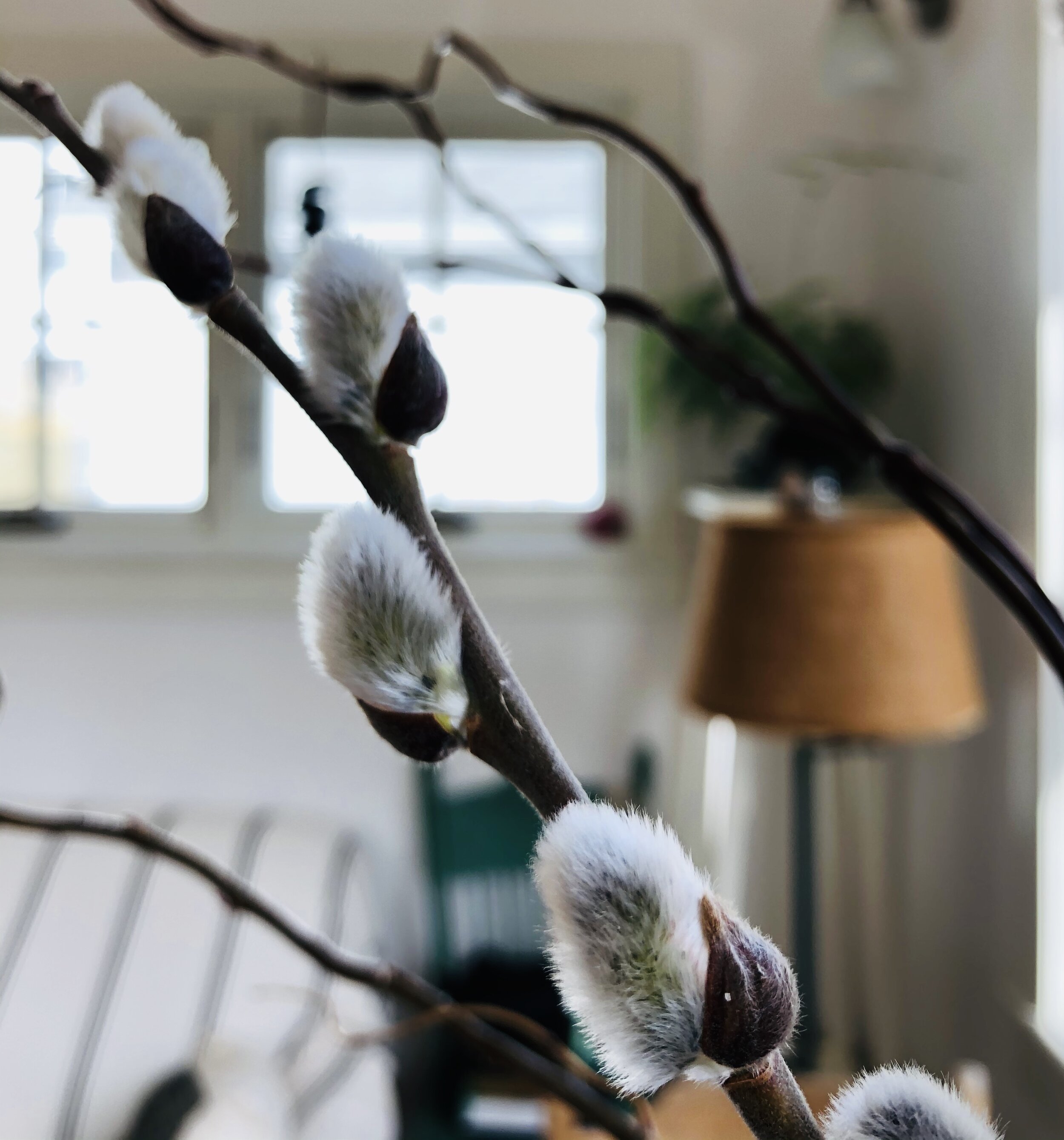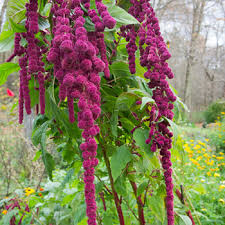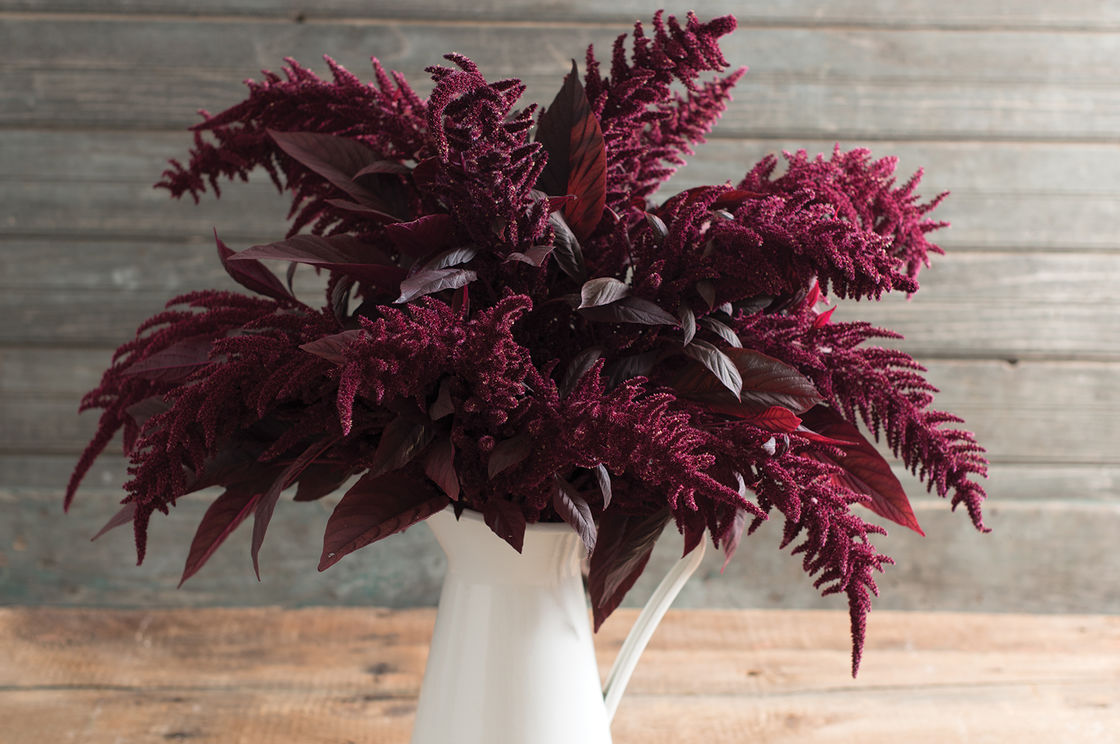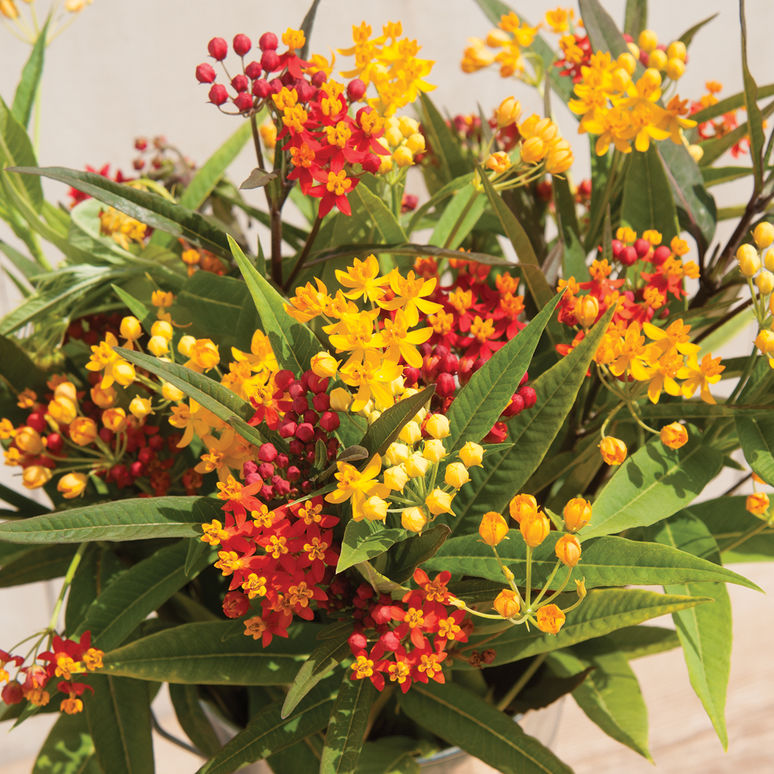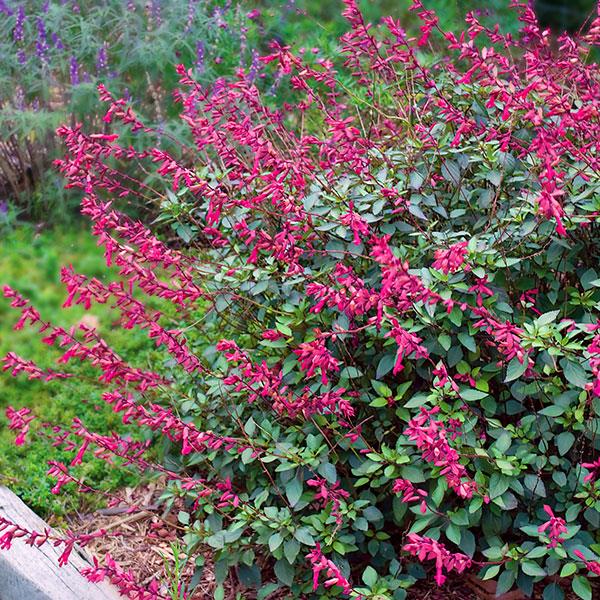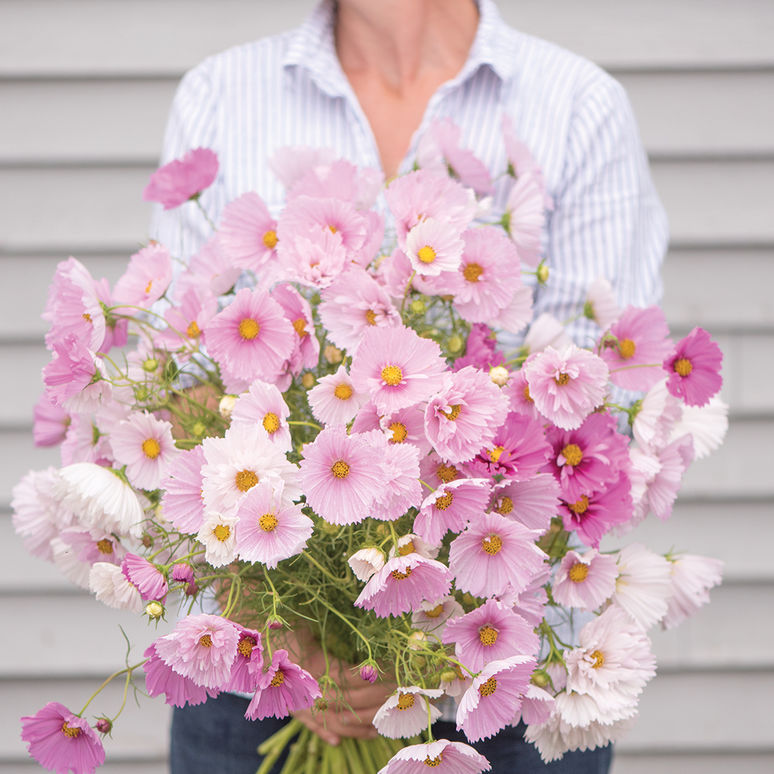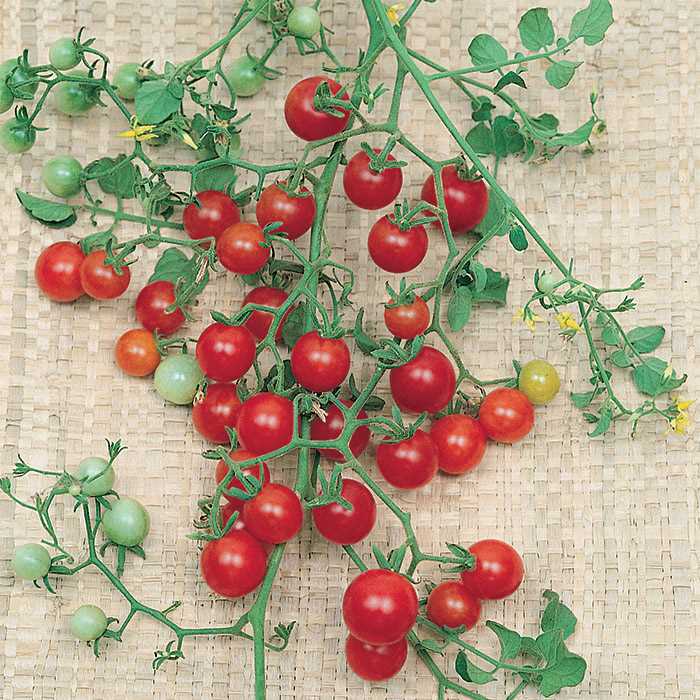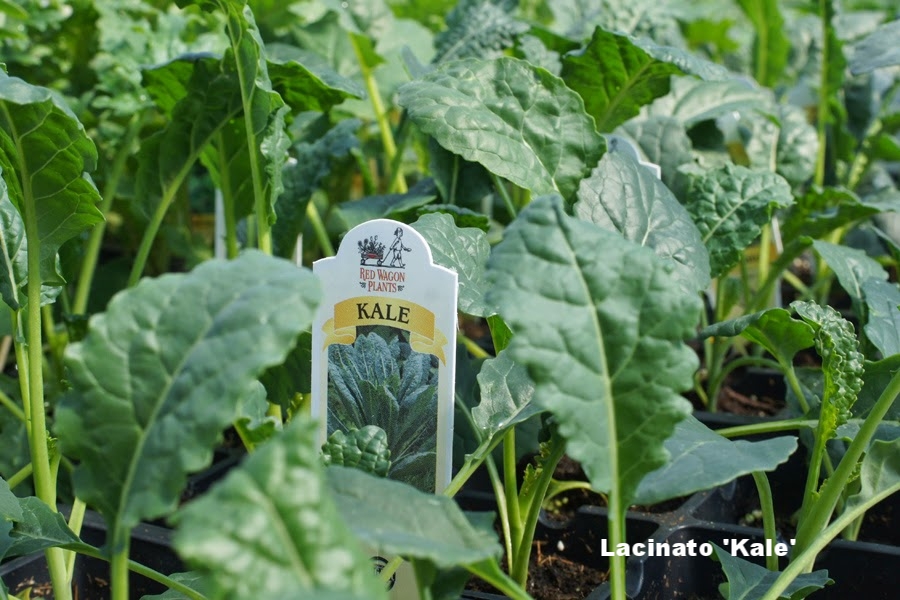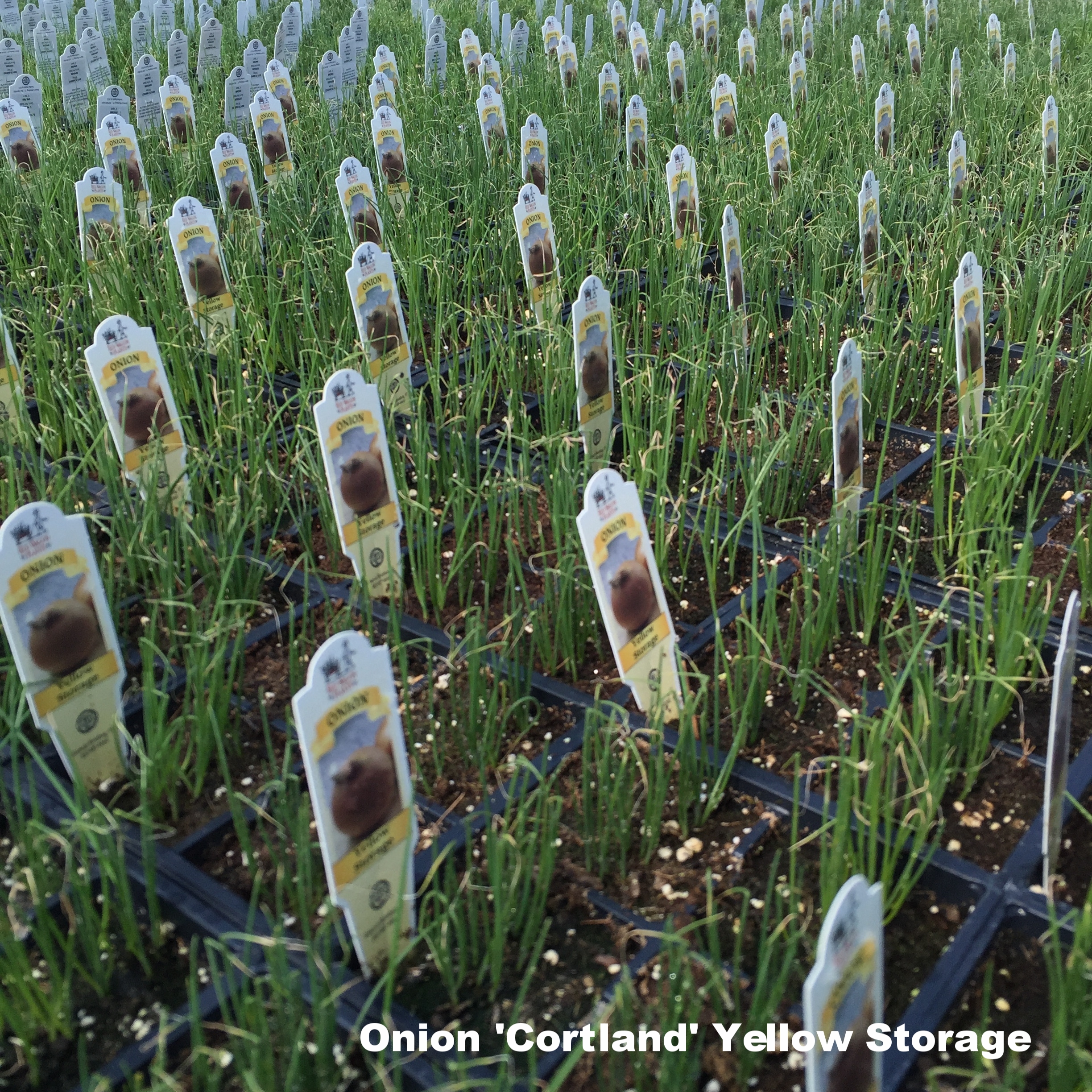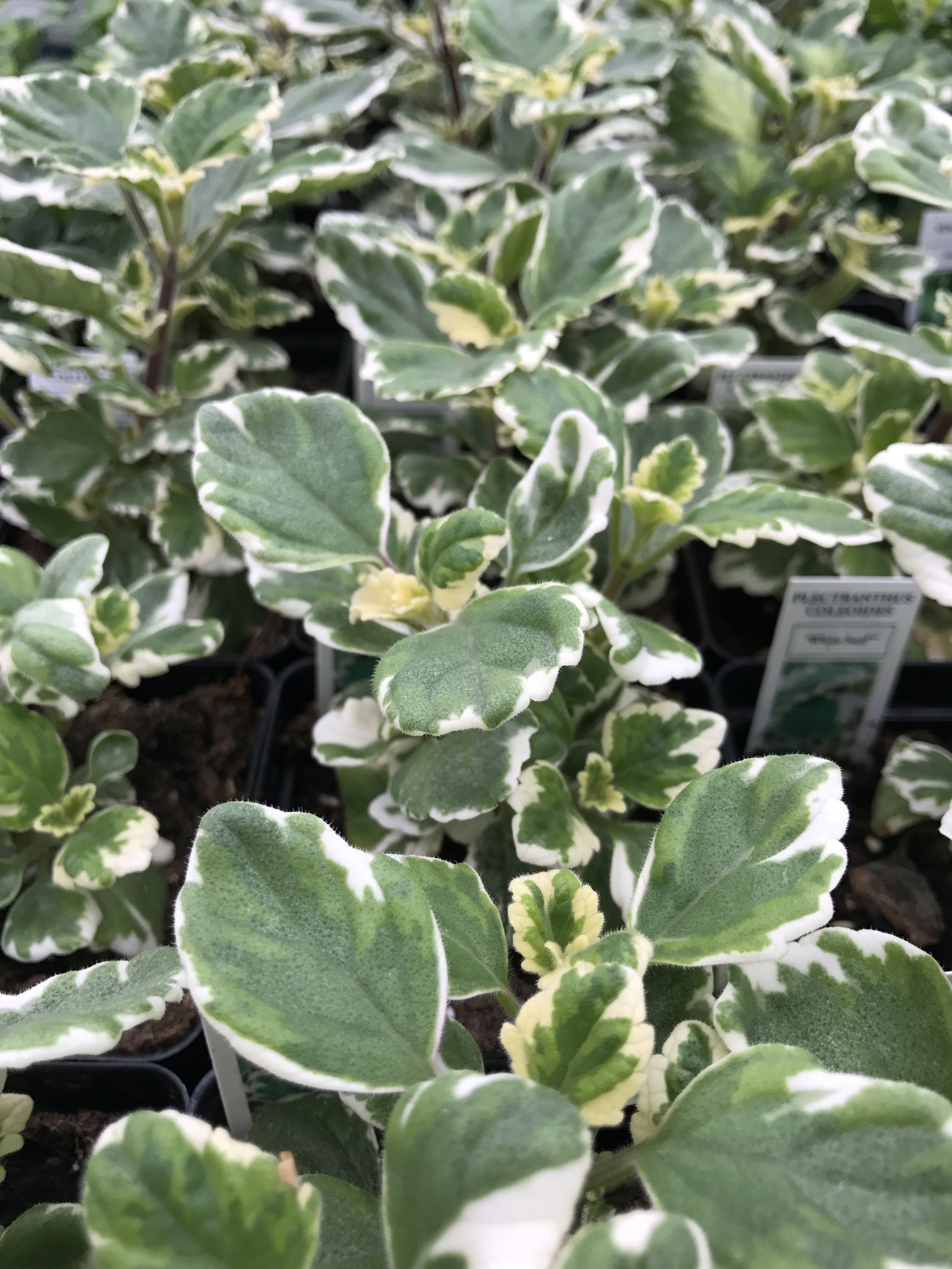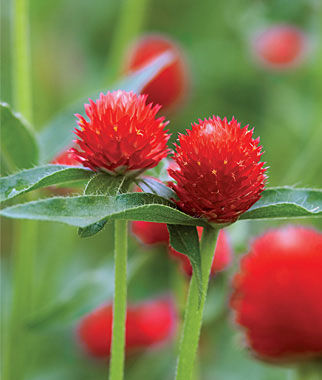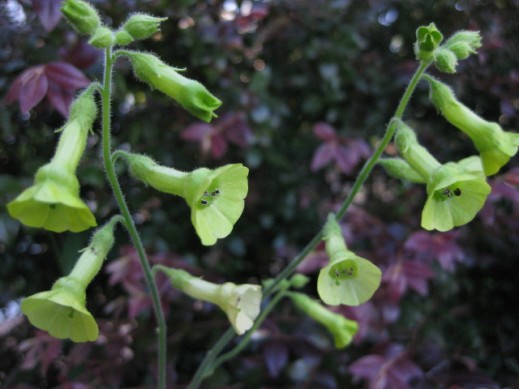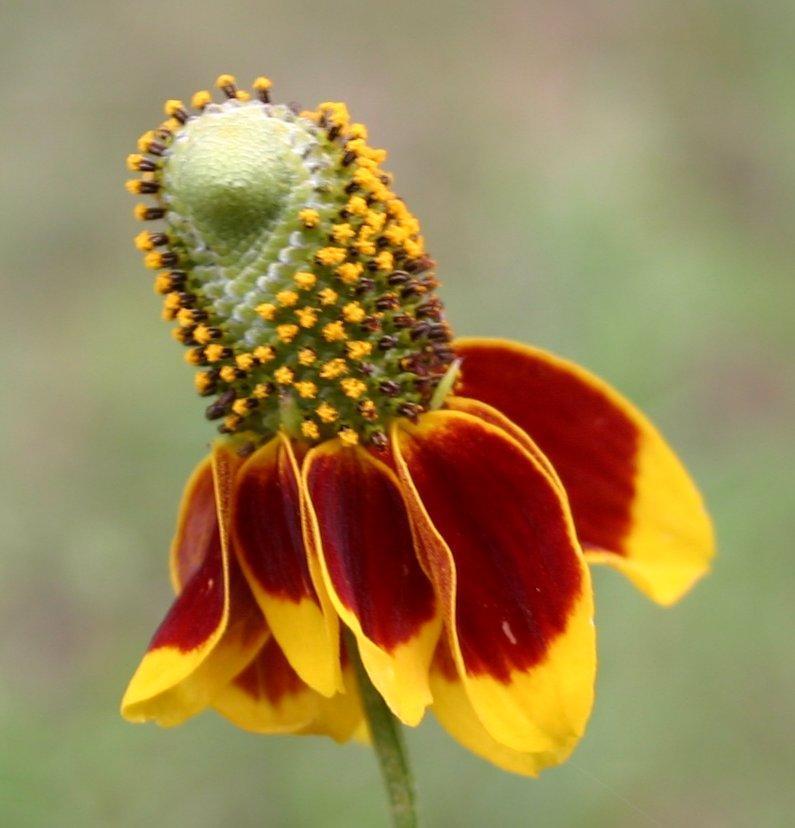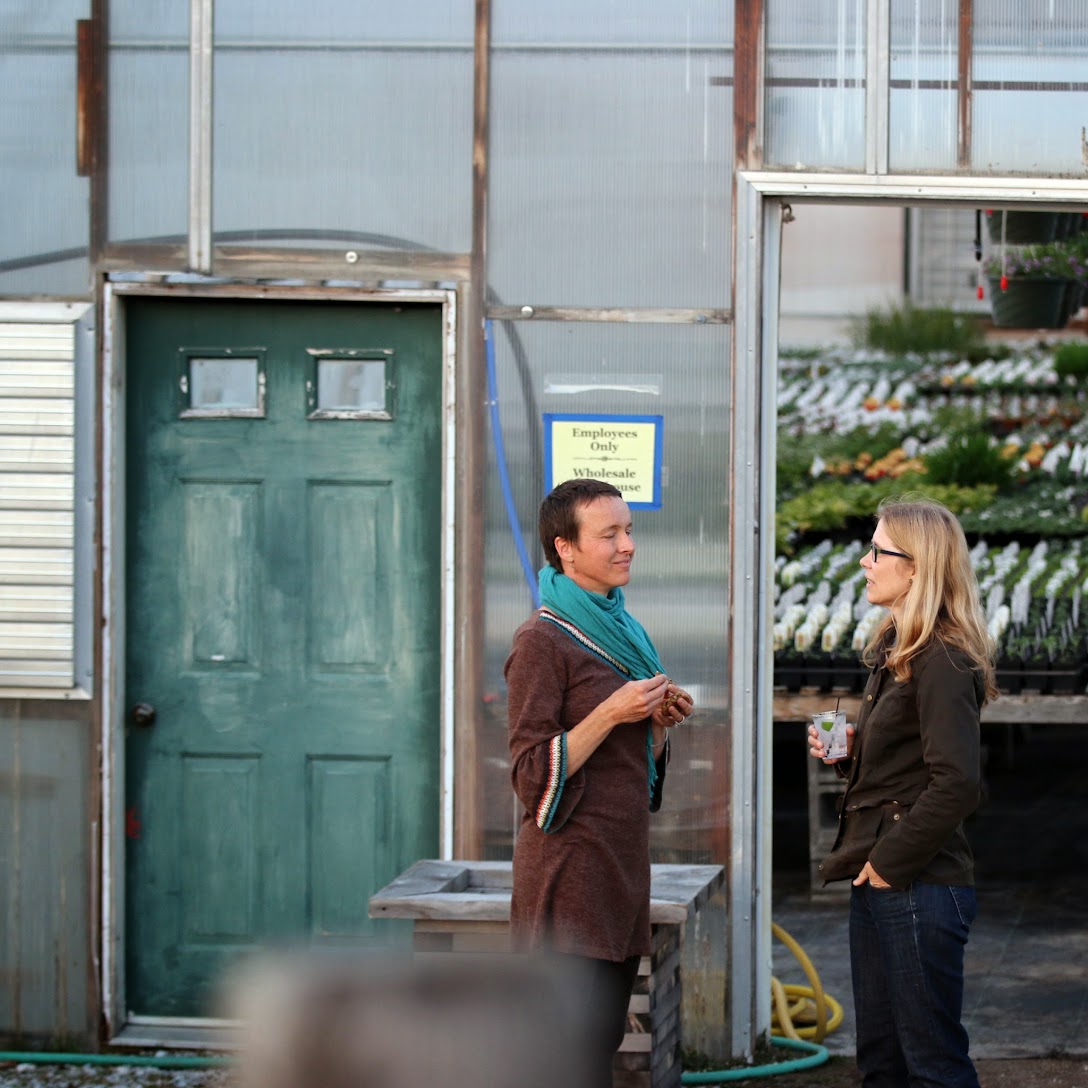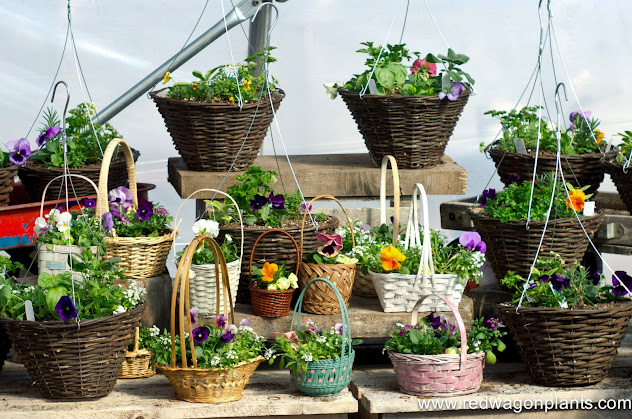We have been getting so many eager requests for tomatoes, and they are finally released, as of this morning. It is still too early to plant them, but we know that many of you like to select them early, so here they are.
Many varieties are available, but many more are still growing and will be available next week.. We have all of your favorite varieties growing in our greenhouses. Here is the link to what we have available now.
Keep them indoors at night or anytime temperatures dip below 50F. They really don’t like the stress of cold nights and cold soil. Soil temperatures should be at 50F for tomatoes to really thrive and take off. We are nowhere near that with all of the cold nights we have had lately.
Some of our staff favorites:
Sungold for snacking in the garden
Celebrity for big batches of sauce or freezing
Pink Berkeley Tie Dye and Brandymaster Yellow for slicing onto sandwiches
Prudens Purple for old fashioned heirloom flavor.
Juliet for salsa, roasting and quick salads
Paul Robeson for earlyness and for flavor
My mouth is watering as I type this! I absolutely cannot wait for tomato and eggplant and pepper season!
Tomato plants are looking good and getting ready to meet their new homes.
There is still room to sign up for this afternoon’s Tomato 101 Webinar at 5:30. We will close the registration at noon, and send out the Zoom invitation at 2pm. If you want to sign up here is the link.
I will help you decide on which tomatoes to choose for your garden, how to plant them and care for them including a quick look at pruning and trellising, and some of my favorite ways to preserve them for winter. My goal is to help you grow and enjoy tomatoes in the summer and, if so inclined, know how to preserve them to get through winter without ever buying a tomato. You have until noon to sign up.
I am really loving the clematis this week. It is just beaming and healthy. Clematis does really well with eastern exposure. It likes to have its roots cool, so I often plant nasturtium or calendula at the base of the vine to keep the sun from hitting the root zone.
We are grateful for all of your support and hope you are doing well during this unusual time. We will continue with our pre-orders, home delivery and next day curbside pick up for the rest of May and are not sure when / if we will open to the public this year. Our online ordering system is going very well and we find that it is the best way to keep our staff and community safe and to move as many plants out of our greenhouses as possible. Thanks for your understanding and for all of your orders. We miss seeing you!
Take care, and happy gardening,
Julie and the crew.







